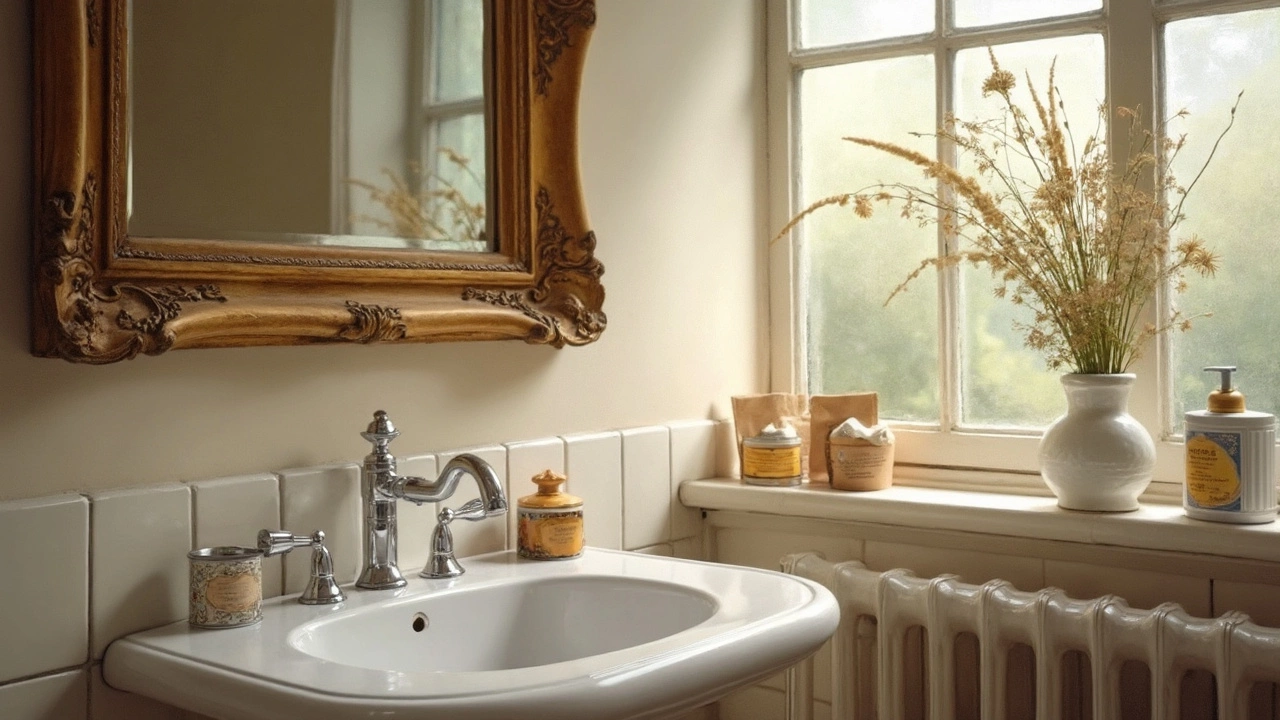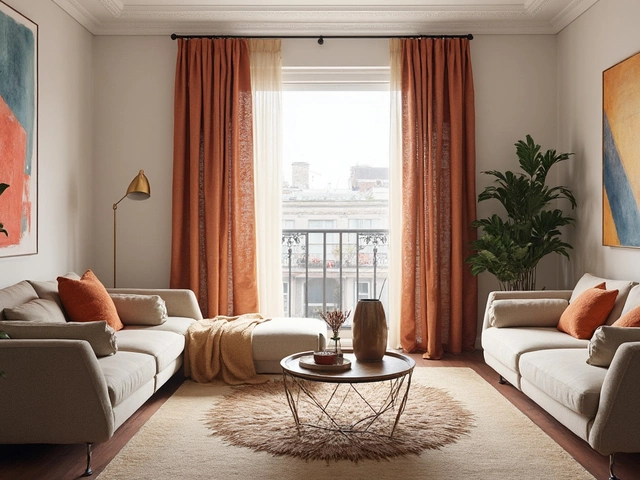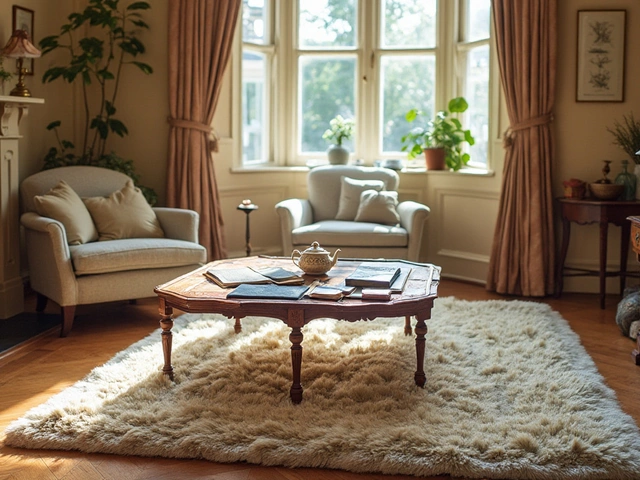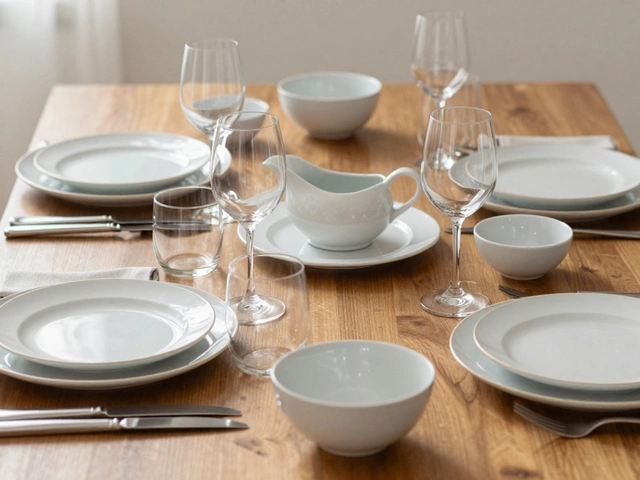Convex Mirrors: Brightening Small Spaces and Adding Safety
Convex mirrors curve outward, letting you see a wider area than a flat glass pane. That extra field of view makes them perfect for tight hallways, cramped bathrooms, or any spot where you want a sense of depth without sacrificing wall space.
Because they spread reflections across the whole surface, they create the illusion of a larger room. You’ll notice a noticeable lift in a narrow entryway the moment you hang a well‑sized convex mirror above the door.
Why Choose a Convex Mirror for Your Home?
First off, safety. A convex mirror mounted at the end of a staircase or in a garage lets you spot oncoming traffic or a child running around the corner. The wide view reduces blind spots and can prevent accidents.
Second, style. Modern frames—from sleek metal to rustic wood—turn a functional piece into an eye‑catching décor element. Pair a decorative convex mirror with a bright wall paint, and you instantly get a focal point that also serves a purpose.
Third, cost. Convex mirrors are generally cheaper than large flat mirrors because the glass is thinner and the manufacturing process is simpler. You get a high‑impact item without breaking the bank.
Tips for Picking and Placing Convex Mirrors
Start with size. Measure the wall space and think about the viewing distance. A 12‑inch diameter mirror works well in a narrow hallway, while a 24‑inch round or rectangular shape fits larger rooms like living areas.
Pick a frame that matches the room’s vibe. If your kitchen has brushed‑nickel appliances, a thin brushed‑nickel frame blends in. For a boho vibe, go for a reclaimed‑wood frame.
Hang the mirror at eye level or slightly higher for optimal reflection. In a bathroom, placing it above the sink lets you see your face from different angles while you shave or brush teeth.
Make sure the mounting hardware can support the weight. Most convex mirrors come with pre‑drilled holes for screws, but if you’re using drywall, add anchors to keep it sturdy.
Keep it clean. A soft microfiber cloth and a mild glass cleaner work best. Avoid abrasive pads—they can scratch the curved surface and ruin the view.
Lastly, think about lighting. Convex mirrors bounce light around, so positioning one near a window or a ceiling lamp can brighten a gloomy corner without extra bulbs.
By choosing the right size, frame, and location, a convex mirror becomes more than a safety tool—it’s a style upgrade that tricks the eye into seeing more space. Ready to give your home a quick visual boost? Grab a convex mirror, hang it up, and watch the room open up before your eyes.

3 Types of Mirrors Explained: Plane, Concave & Convex for Home Spaces
Uncover the secrets behind the three main types of mirrors: plane, concave, and convex. Learn how each works, where you use them, and cool facts that might surprise you.

Three Types of Mirrors: Plane, Concave, and Convex Explained
There’s more to mirrors than just showing your reflection. This article breaks down the three main types of mirrors—plane, concave, and convex—and explains how each works, where you’ll find them in daily life, and why their shapes matter. You’ll find out how to pick the right mirror for your home or project, plus learn some surprising facts about their uses. Whether you’re updating your bathroom or curious about how car side mirrors keep you safe, this is a must-read.
Categories
- Storage (27)
- Bathroom (18)
- Sofas (15)
- Curtains (15)
- Home Decor (12)
- Bedding (11)
- Kitchenware (11)
- Cushions (11)
- Mirrors (10)
- Rugs (9)
Popular Articles



